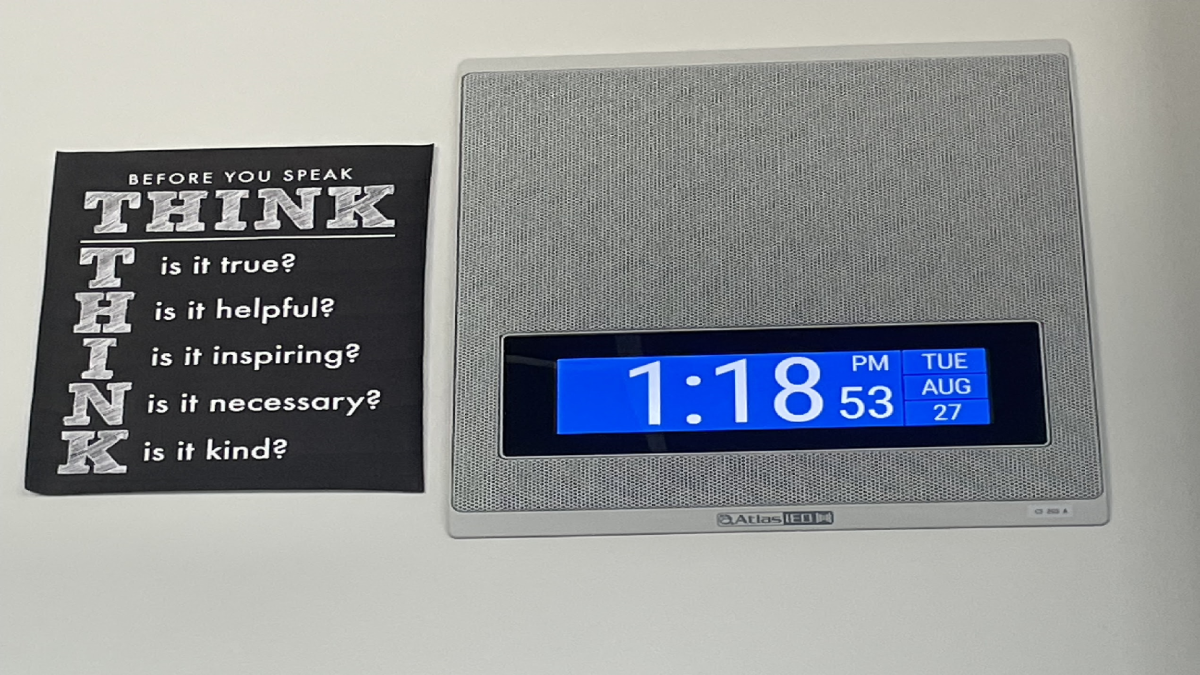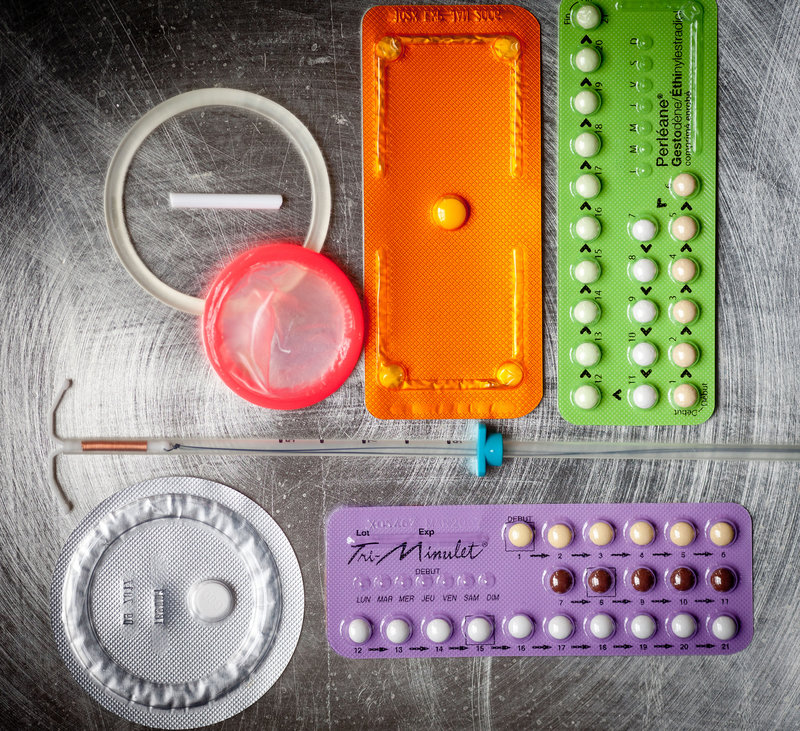For many students at San Luis Obispo High School this summer is the last summer before going off to college. With all the worries of the world about to be placed on our shoulders it is important for us to take the proper precautions to ensure our safety, health, and happiness down the road.
“It’s important to take control of your reproductive health and prevention. With Roe v. Wade being attacked across the country, IUDS are even more important. The stress of the possibility of being pregnant affected me and many people that I know throughout high school. In college I don’t want to have to deal with this added stress,” said an anonymous SLOHS graduate.
The average American teenager will have sex by the time they are seventeen which means that statistically, a large number of SLOHS students are sexually active. According to the Center for Disease Control and Prevention, most teens use condoms or birth control pills as the only form of birth control which are often used incorrectly thus resulting in unsafe sex. The most reliable forms of birth control are Long Acting and Reversible Contraceptives (LARC) like intrauterine devices (IUDs) and implants. LARC is safe to use, does not require taking a pill every day or doing something every time before having sex, and, depending on the method, can be used to prevent pregnancy for three to ten years.
For teenagers that are prone to forgetting things or just generally not very responsible finding easy and reliable forms of birth control it is that much more important. The first step is to talk to your doctor or make and appointment with The Center or Planned Parenthood free of charge and ask a medical professional what will work best for you.
Next, they will either give you a prescription for the medication or make another appointment for the insertion of your IUD, injection, or implant.
To put the IUD in, the nurse or doctor will put a speculum into your vagina and then use a special inserter to put the IUD in through the opening of your cervix and into your uterus. The process usually takes less than five minutes.
The process for the implant is even more simple: the doctor or nurse gives you a shot to numb a small area of your arm. Then, they use a special inserter tool to slide the implant under your skin. Putting the implant in only takes a few minutes. For more information and detailed explanations visit: https://www.plannedparenthood.org/learn/birth-control.
Remember that the birth control methods discussed do not protect against STIs so wrap it before you tap it!








































Sadie • Aug 12, 2019 at 1:17 am
Why don’t you mention the horrible adverse events and side effects of iuds. Included that like myself and other women you could end up on disability or committing suicide with complications (from copper toxicity via the copper iud). Please encourage condom use and not devices that can have negative and life changing mental, physical, and emotional repercussions and can cause sometimes permeant damage to women – 2017 copper iud survivor